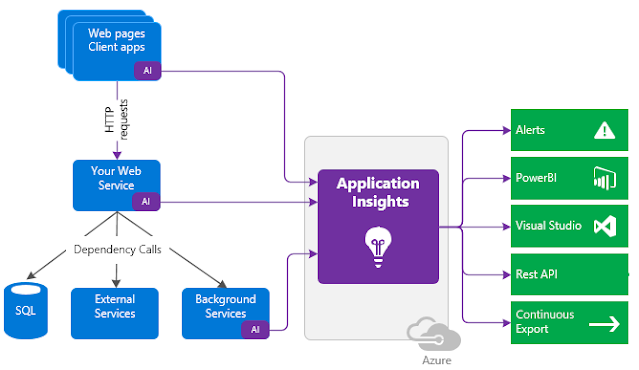Overview: Power Apps is driven by data and generally that data comes from Connectors. So the great news is there are a lot of different connectors and if in trouble I always find the custom connector can be relied upon. When working with Power Apps, it is not as simple as just having a data source and consuming it, one needs to consider all the data sources, do we need live data, performance. Basically, going and dynamically pulling lots of dynamic sets of data repeatedly leads to poor performance.
CDS performance has relatively few layers when retiring or updating data so it generally is fast to work with. Custom connectors have more layers so can be slower and you are dependent on the underlying REST API so watch for performance. The on-prem azure data gateway is pretty slow but amazing if you need it.
Identify data sources: CDS, Azure SQL, SharePoint SQL on-prem., CosmosDB, RSS, Open API's...
Understand the security, and the amount of data being pulled. For example, if we need all the airport codes in the world for a drop down so the user can choose their closest airport e.g. JFK is for New York John F Kennedy airport. There are roughly 4000 commercial airports in the world.
Options: Call an Open API service. Power App by default returns sets of 500, Power Apps max return count is 2000. You still need to perform 2 calls with paging to get the full data set. You could use a type ahead if the API supports it, but their will be a lag after each keystroke when Power Apps runs out to the service. And there will be a lot of calls. More suitable would be to do 2 calls with 2,000 record for each call and bind the control to the returned data.
A further improvement would be to store the airport lookup on data load or on first request, then subsequent requests would use the table/collection. In effect, you are locally caching all the airport codes using 2 calls for each Power Apps user session.
For the airport example, one could also store the data using a Excel import, but beware the data is imported into Power Apps and store locally. Big issue is the data is static in Power Apps, to update it, you need to re-import the Excel table. So brilliant for sat days of the week or Months of the year as these never change. Fairly static data like airport codes work well, but require a publisher level overwrite to update the list. Also, storing extreme amounts of static data leads to bloat of the app and that data still needs to be loaded. So I would not consider it for 100k+ items as a general rule.
FYI Microsoft recommends to use less than 30 connections per application.
More Info:
Todd Baginski has a great video on using Excel import and creating language variations/multi-lingual Power Apps using Excel imports.
Alagunila Meganathan on C# Corner has a good post on Excel Imports for Power Apps.






